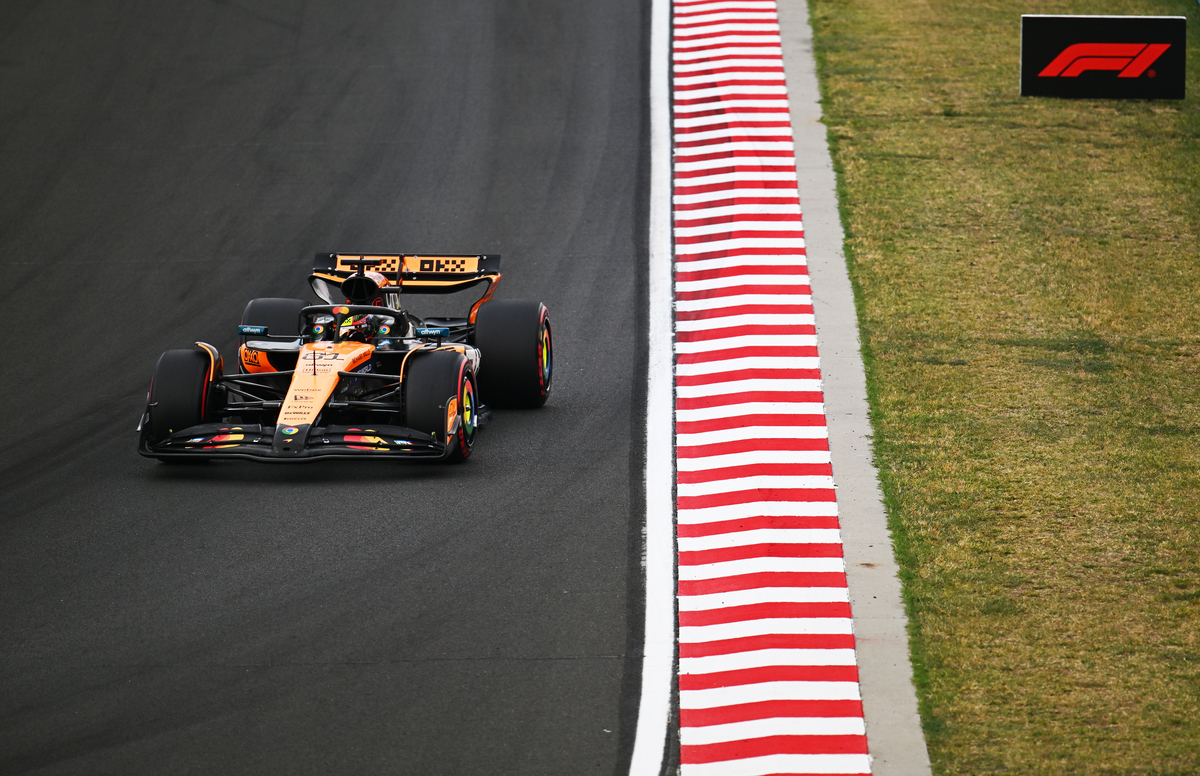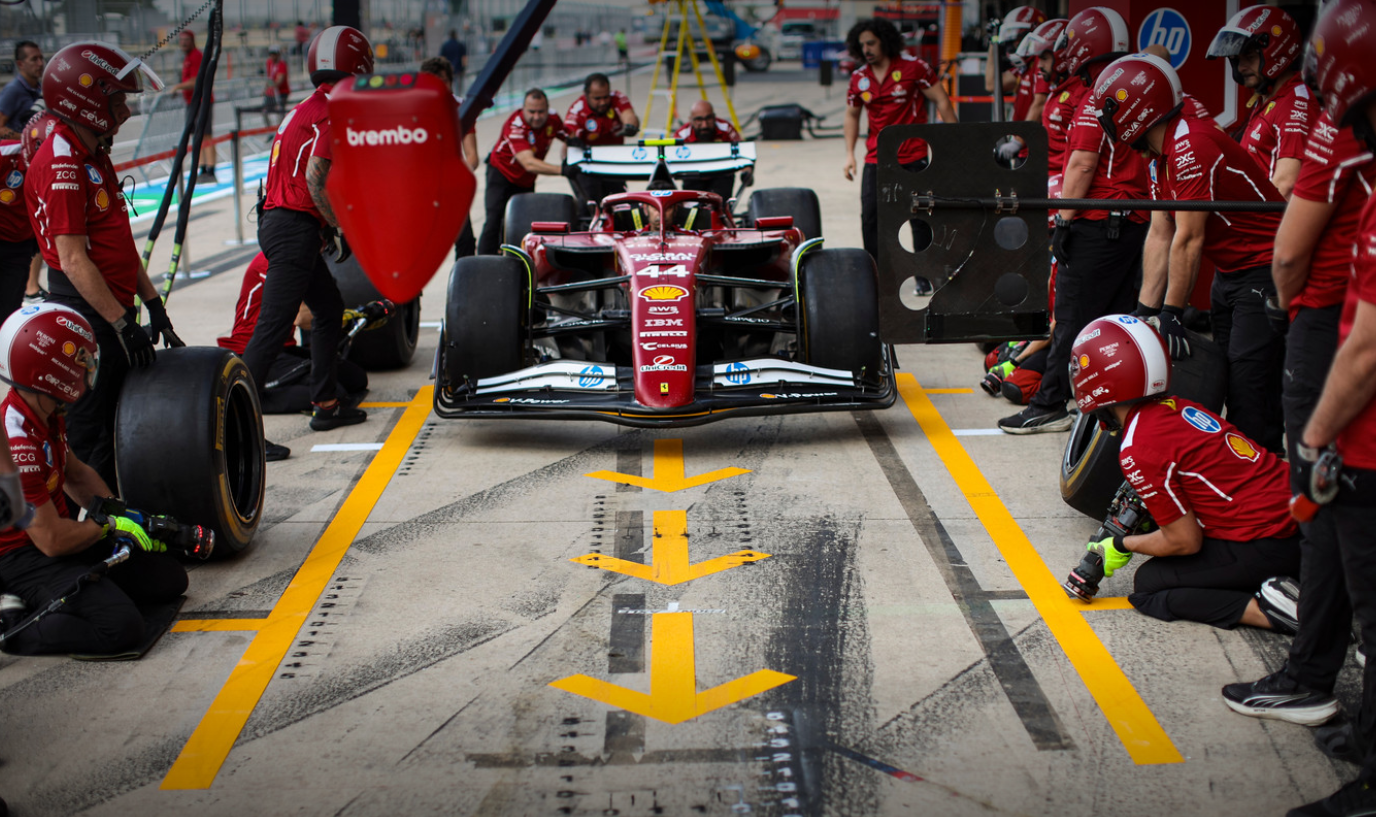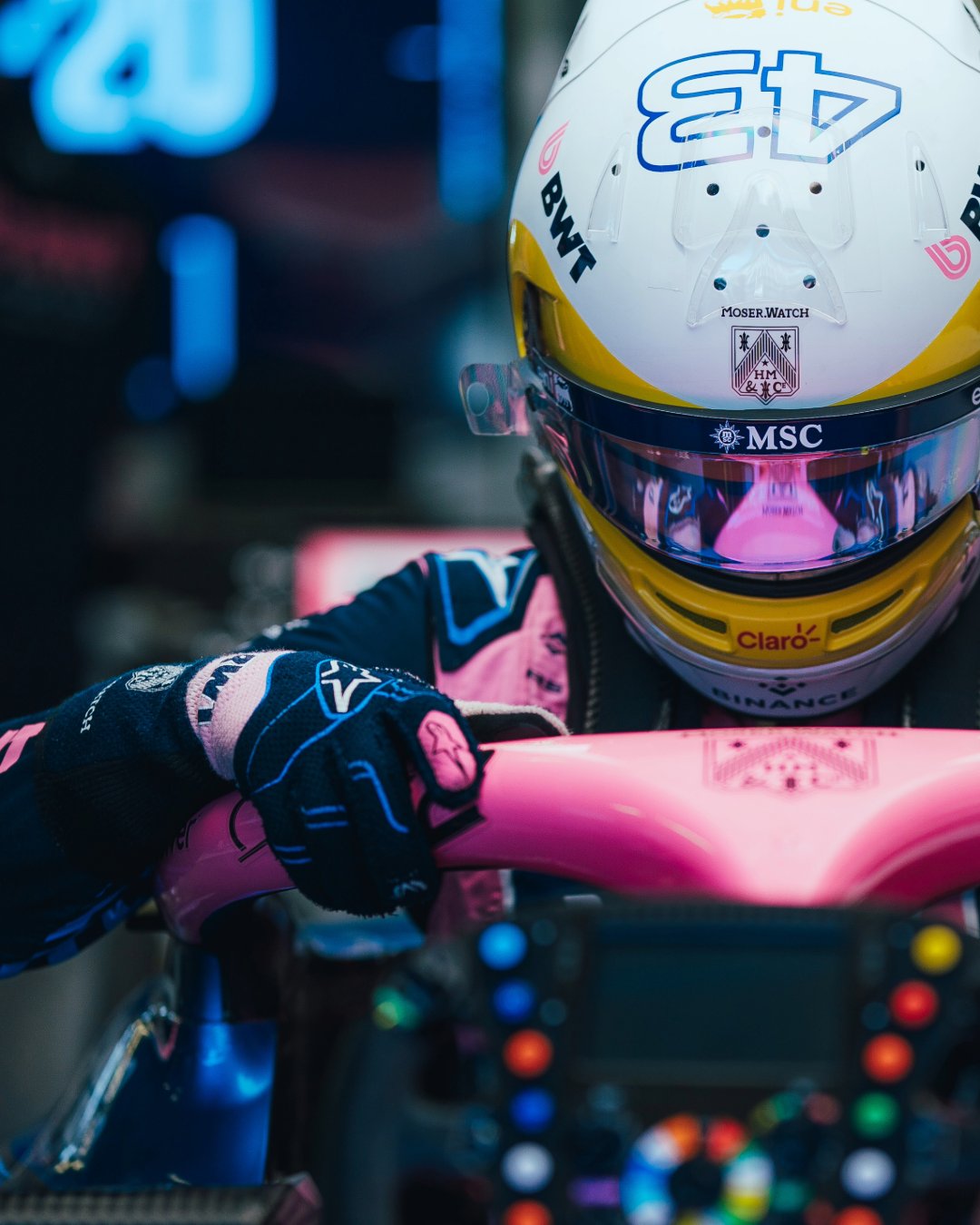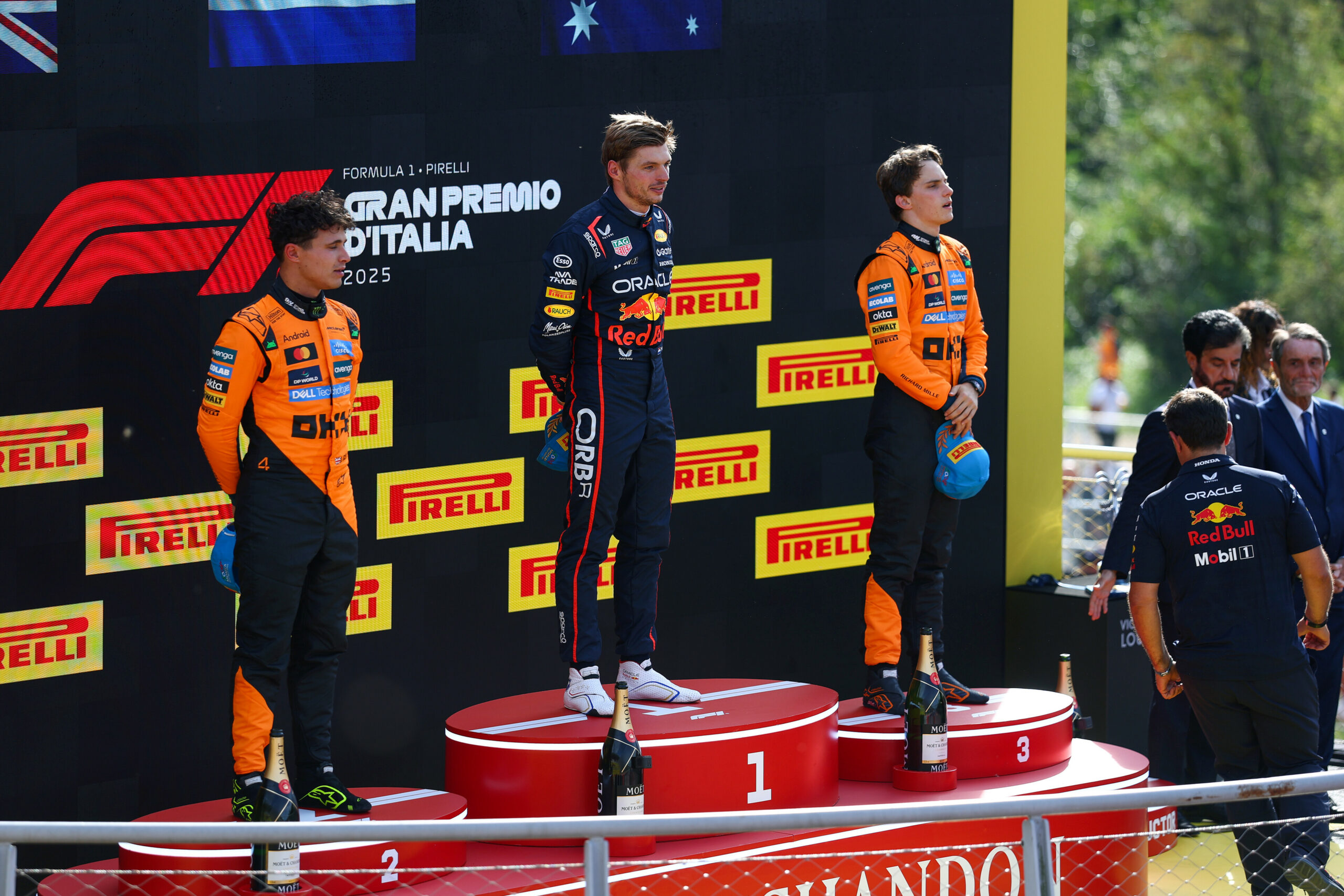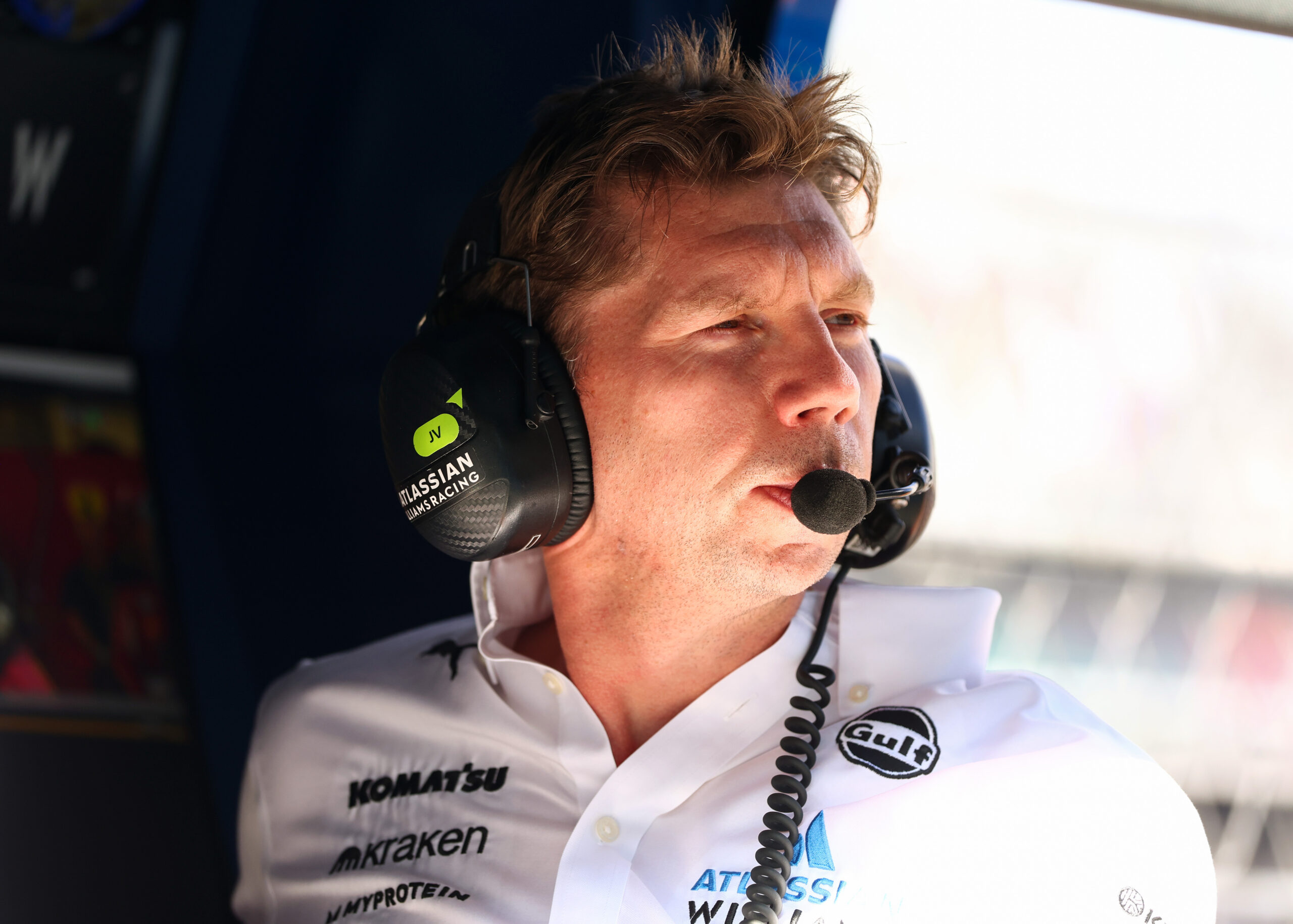McLaren entered the 2025 F1 Hungarian GP weekend with high hopes after a string of strong performances in recent rounds. In Budapest, the team looked competitive throughout all three Free Practice sessions and into Q2, raising expectations for another potential front-row challenge. However, Q3 brought a noticeable dip in form, with both Lando Norris and Oscar Piastri failing to match their earlier pace. While speaking to written media after the session, McLaren Team Principal Andrea Stella offered a detailed and data-driven explanation for the sudden downturn during the late stages of Saturday’s Qualifying at the 2025 F1 Hungarian GP, pointing to weather-induced changes in wind conditions as the primary culprit.
A dramatic shift in conditions
In his explanation, Stella highlighted the significant evolution of conditions between Q2 and Q3. McLaren validated the measurable impact of these rapid environmental changes—particularly the wind—through both simulations and on-track data.
“I think it’s an interesting polemisation in terms of understandings of how things go for Formula 1 car,” he said. “Because definitely we had a significant change of conditions. You can see in the meteorological data a steep change in terms of wind direction, wind intensity, temperature, humidity—everything changed.”
The McLaren boss emphasised that this was not simply a matter of perception or driver error; rather, the data showed a clear and sudden shift that altered the driving dynamics across the circuit. The changes were severe enough that every team, according to Stella, experienced a drop in lap time from Q2 to Q3.
“From Q2 to Q3, everyone went slower. We went slower by about half a second on average. Actually, we simulated the change of conditions in our simulations and it gives a little bit less than that, but about four-tenths of a second.”
The consistent time loss across the grid confirmed McLaren’s suspicion that the issue did not affect only their own car. However, one outlier stood out.
Ferrari capitalise with risk and execution
Despite the unfavourable conditions, Charles Leclerc managed to improve in Q3 and snatch pole position for Ferrari. Stella acknowledged the brilliance of the performance, suggesting that while McLaren took a cautious approach given the unpredictability, Ferrari and Leclerc opted for maximum commitment.
“Ferrari and Leclerc managed to go actually faster. So, the track was definitely slower,” Stella noted. “I think for Lando and Oscar, after they had seen in the first run that conditions had changed, that the grid wasn’t what they expected, that every corner was going to be a bit unpredictable, therefore the lap time didn’t come, I think in the second set they needed to be a bit cautious.”
He explained that when the stakes are high—as they are for McLaren in both the Drivers’ and Constructors’ Championships—conservative calls sometimes take precedence. For Norris and Piastri, ensuring clean laps and avoiding costly mistakes was deemed more important than overextending in the chase for pole.
“Because obviously when you race for the championship, you want to make sure that you are there. I think this is a slightly different approach for Charles. I think he just went for it, like ‘I don’t think I have much to lose here,’ and it paid off. And this is a credit and merit to a very good execution by Ferrari and Charles.”
Why McLaren lost more than others
Stella elaborated on why McLaren’s drop-off during qualifying at the 2025 F1 Hungarian GP appeared more severe than that of other teams, especially given the car’s usual strength in cooler conditions. In response, he delved into the aerodynamic complexities that make certain cars more vulnerable to abrupt wind shifts.
“The most time was lost because of the wind,” he reaffirmed. “If you simulate the wind that we had on a corner-by-corner basis and that we measure in terms of intensity and also in terms of direction, then you find that the car should be going slower by about four-tenths.”
“And like I said, I think the additional one-tenth is also because our two drivers needed to take it with a little bit of prudence, because it’s important here that you put together ultimately the lap.”
In a sport where teams run hundreds of simulations to predict how a car will behave under various conditions, Stella’s comments highlight the significant impact even subtle meteorological changes can have. While the cooler track and air temperatures may have contributed slightly, they were not the driving factor behind the time loss.
“In terms of the track temperature and ambient temperature, that might have played a little bit of a role in terms of reduction of grip, but I don’t think that was the main motivation,” he added. “Even if we know that our car likes a little bit hotter conditions, but definitely moving from 14.9 to 15.4, this is mainly because of the wind.”
How wind sensitivity shapes car performance
Perhaps the most revealing section of Stella’s breakdown came when he addressed the question of aerodynamic sensitivity—whether McLaren’s car might simply be more affected by wind changes than others on the grid.
“Without disclosing too much of IP, let me say that when we look at the wind direction in some corners, then we can recognise that in some of the corners where we lose the most compared to ourselves in Q2, we see a certain, let me say, wind pattern.”
While he avoided naming specific turns or aerodynamic features, Stella admitted that the team could trace their time losses directly to changes in the wind profile. Their in-house simulations and real-time data pointed to a consistent correlation between specific wind shifts and performance drops in particular corners.
“When we look at our aerodynamic maps, then we can correlate with the fact that it’s not unexpected that in corners in which we have this variation of the wind pattern, then we pay the biggest price from a lap time point of view, compared to the conditions we were in Q2.”
This level of granularity highlights the intense technical depth required to operate at the front of the F1 grid. Stella makes it clear: McLaren designed their package to perform within a specific window, and when wind disturbs that window, it creates measurable consequences.
“I cannot disclose what these conditions are, but from a technical point of view, I think it’s interesting information—there’s nothing random. Formula 1 cars are aerodynamic machines that base their lap time pretty much on the aerodynamic forces, and they depend in the first order on the wind direction and the wind intensity. And this is what we have validated today.”

